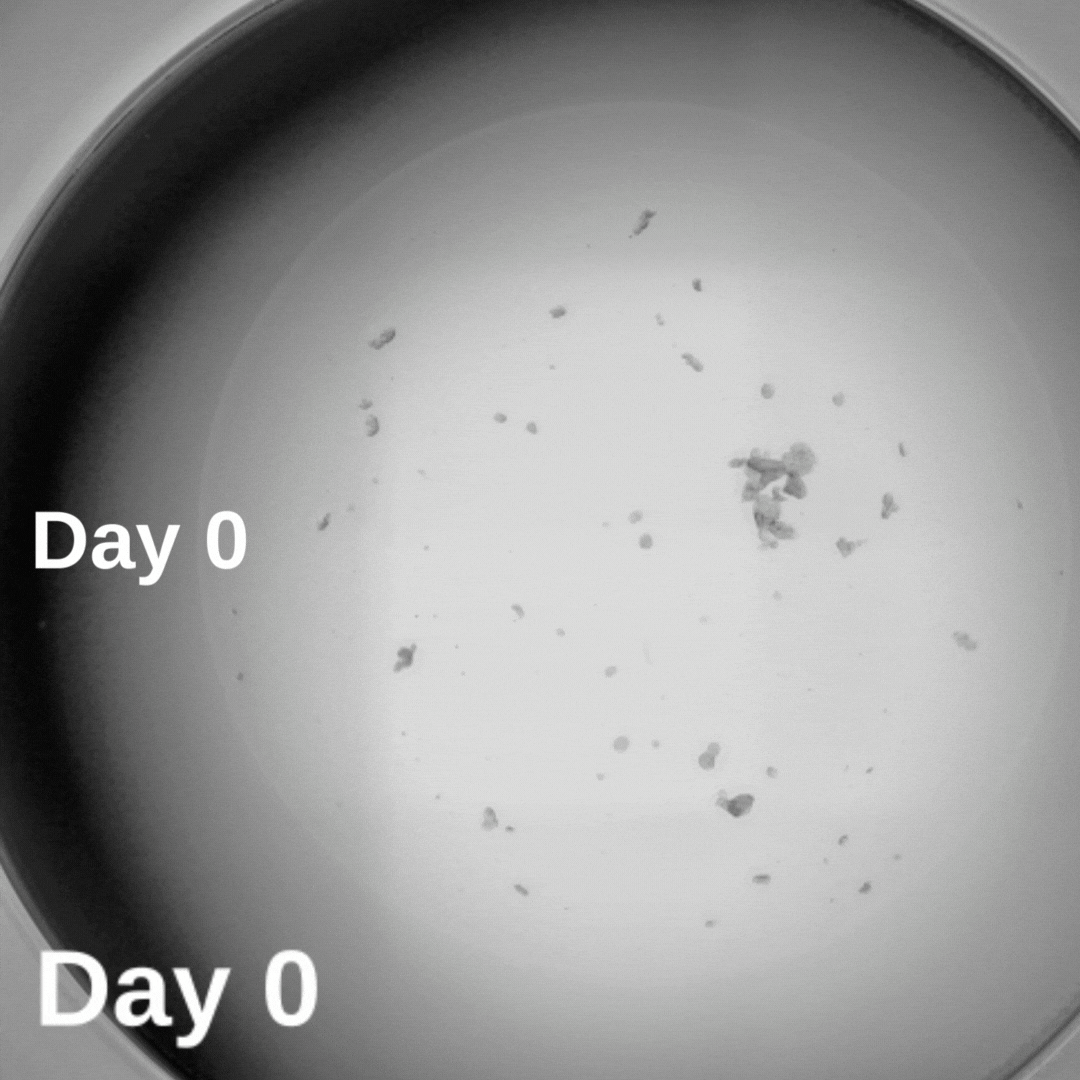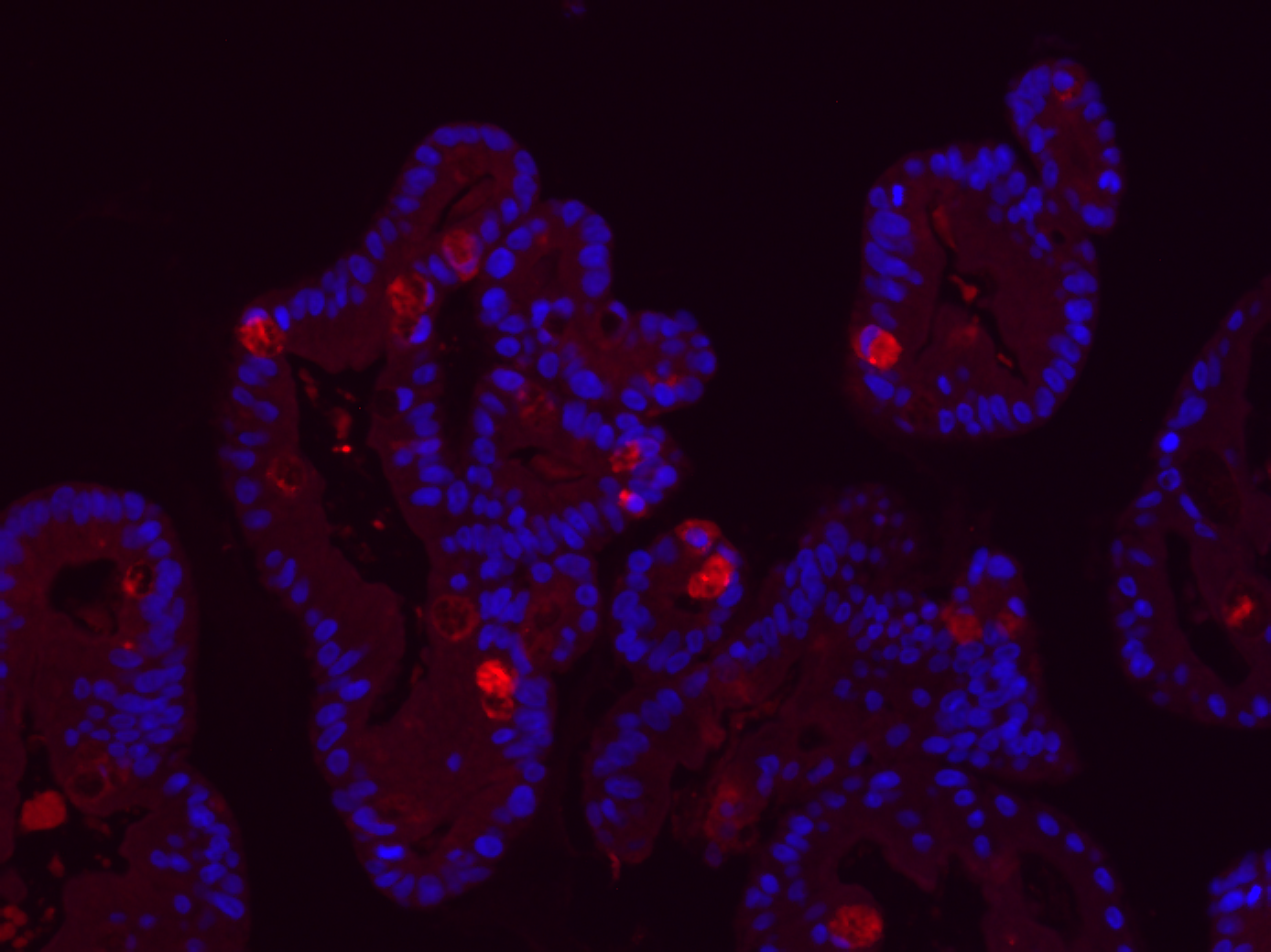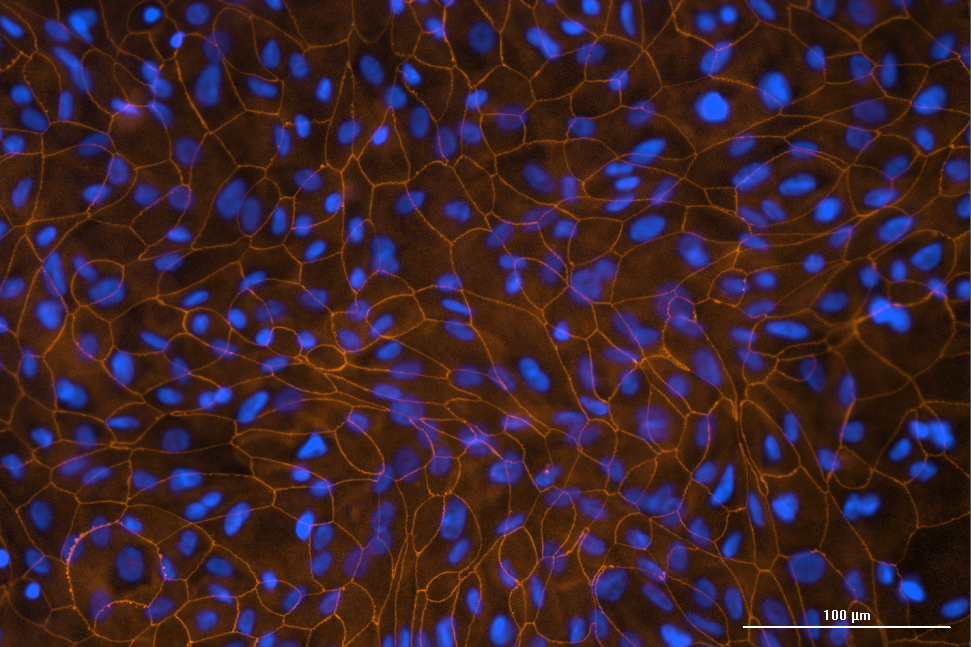Organoid cultures are derived from stem cells and generate differentiated lineages. They can self-organise into 3D structures that closely mimic the intricate architecture, histological and functional aspects of the in vivo tissues. This complexity enables a more predictive assessment of drug efficacy and safety during the early stages of preclinical research than is often possible with 2D models, particularly those derived from tumour cell lines.
By exposing the organoids to potential drug candidates, researchers can evaluate their effects on cellular viability, proliferation, functionality, and gene expression within a relevant tissue context.
This often enables a more reliable prediction of how the drugs will behave in man. Further, organoids can be derived from different species to compare responses to enable more informed decisions in the development pipeline.
The decades of experience in gastrointestinal research at Epistem also enables the team to link in vitro and in vivo observations.
Intestinal organoids can be utilised either as a 3D model, or as an organoid-derived 2D monolayer.




